- Home
- History
History
Casa das Peles founded in 1961
| Use to view more |
|---|
Casa das Peles is a company created in 1961, initially operating in the personal name of "Miguel Martins da Silva", its founder, although it was known as Casa das Peles. |
| Use to view more |
|---|
Mission and valuesCreate, manufacture and sell leather articles, using raw materials from the best sources in a design studied for the Customer, in a concept that combines quality, price and service. |
| Use to view more |
|---|
 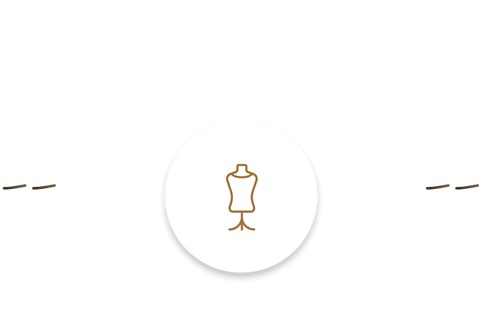 QUALITYA concept that combines quality, price and service. |
| Use to view more |
|---|
 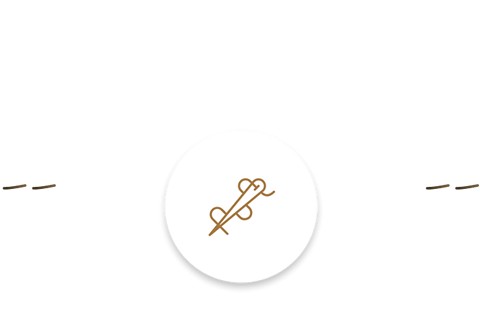 SKINSOur skins are a by-product of the food chain. |
| Use to view more |
|---|
 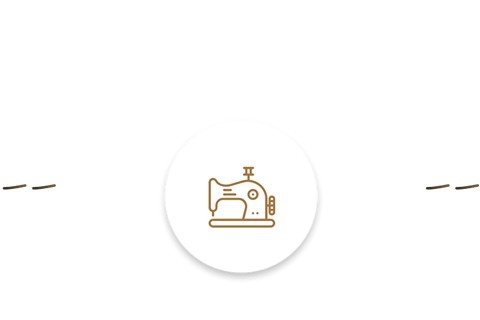 INNOVATIONThe best innovation technologies in a design studied for the Client. |
| Use to view more |
|---|
 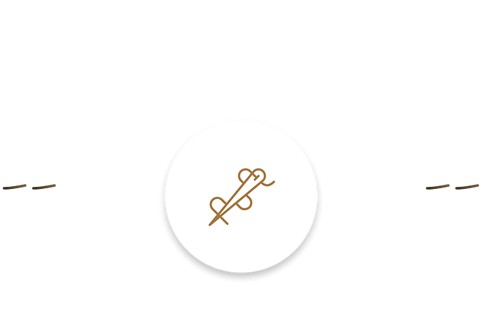 MISSIONCreate, manufacture and sell leather items. |
| Use to view more |
|---|
  INNOVATIONThe best innovation technologies in a design studied for the Client. |
| Use to view more |
|---|
  MISSIONCreate, manufacture and sell leather items. |

| Use to view more |
|---|
FeedstockThe skins used in the manufacture of leather clothing are a by-product of the food chain. |
| Use to view more |
|---|
They are normally purchased at slaughterhouses by raw hide retailers who, after salting or drying them, classify them according to their characteristics and sell them to tanners. These skins are mainly used for footwear, upholstery and leather goods. Only a small percentage - the best hides - are used for clothing production. |
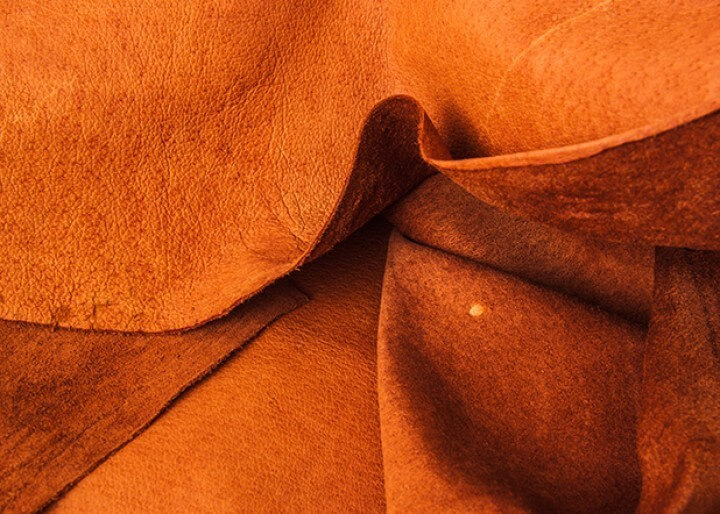

| Use to view more |
|---|
In the recent past, hides were tanned to become extremely resistant so that they would last for several tens of years. Today, this way of thinking has changed and more value is given to aspects such as lightness, softness to the touch, comfort, thickness and the possibility of being "finished" with all colors and shine. |
| Use to view more |
|---|
Tanning a leather is basically a process of preventing its deterioration, leaving it, at the same time, prepared to be "finished" according to its intended purpose. "Finishing" the leather means bringing it to the desired thickness, enriching it with oils that make it smooth and flexible, dyeing it and/or painting it. |

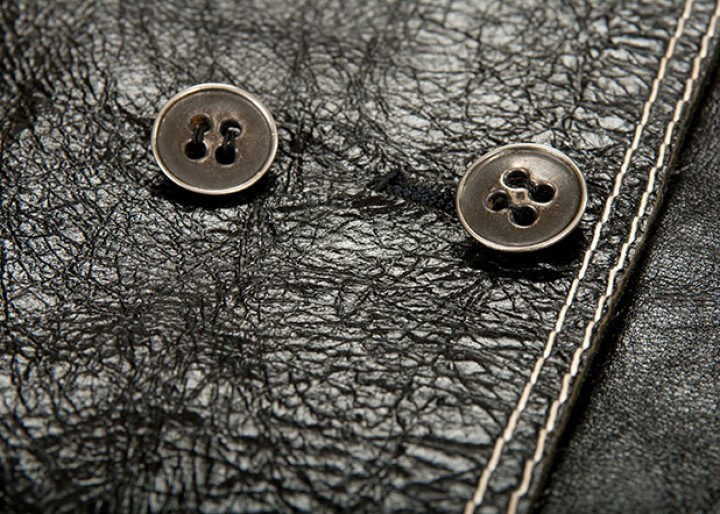
| Use to view more |
|---|
Tanning a hide seems relatively simple in the explanation given above, but in reality it means a chemically rigorous and labor-intensive process that takes an average of three months between the slaughterhouse and leaving the tannery. During this period of time, the skins are subjected to around 45 different operations, one by one or in groups. An error in the dosage of chemicals, a machine breakdown or human error can ruin this entire process, which is very intolerant of failures. |



